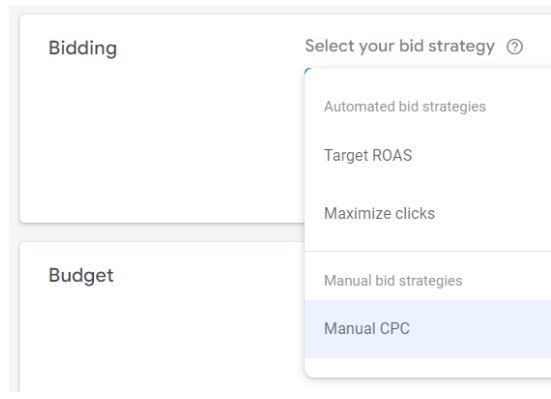The Ad Skipping Dilemma
Did you know that about two-thirds of consumers skip video ads as soon as they get the chance, regardless of how relevant those ads may be? This staggering skip rate closely mirrors the 65% of ad spend that goes to waste in the advertising industry. The problem isn’t just about targeting the right audience; it’s often about how ads are presented and the context in which they appear. 🤔
Why Mobile Ads Often Miss the Mark
Mobile screens are inherently small, and advertisers frequently overwhelm these spaces with content, especially on social media platforms like Facebook. This overcrowding leads to fierce competition for users’ attention, making it easy for them to skip or ignore ads. As a result, a significant amount of advertising spend ends up wasted.
Shifting Focus to Outcomes
The removal of cookies from Apple’s Safari browser marked a significant shift for advertisers. Initially, there were concerns about the impact this would have, but many found that the effect wasn’t as drastic as feared. Advertisers began leveraging first-party data, which offered better insights into their audiences and campaign performance. This transition underscored the need for a new approach to measuring ad success.
Embracing the Cooperative Model
To get the best return on ad spend, brands should look for video ad placements that capture viewers’ attention for longer than just a few seconds. The cooperative model, where ads are seamlessly integrated into content, can help achieve this goal.
Take network television as an example: ads typically run during natural breaks in programming, such as between shows or during commercial breaks. This setup is beneficial for everyone involved—viewers aren’t interrupted unexpectedly, networks generate revenue, and advertisers can be confident that their ads are seen in full.
On mobile, finding similar environments can be more challenging. However, in-game ads present a promising alternative. These ads appear during natural breaks in gameplay, such as after completing a level. They are unskippable and take up the entire screen, complete with sound, resulting in much higher engagement compared to social media ads. 🎮
Why Mobile Games Are a Goldmine for Advertisers
With approximately 1.67 billion people playing mobile games worldwide, advertisers have access to a vast audience. Mobile games attract diverse demographics, including parents, food enthusiasts, and avid shoppers. Plus, ad space in games can now be purchased using the same programmatic tools available for other media, ensuring that ads reach the right audience effectively.
Conclusion
As the advertising landscape continues to evolve, particularly in light of changing privacy regulations and platform policies, the challenge for brands remains clear: will their target audience engage with their ads, or will they simply scroll past them? This question underscores the importance of not just reaching potential customers but capturing their attention effectively.
To navigate this complex environment, advertisers need to prioritize strategies that enhance engagement. This means investing in ad placements that resonate with viewers and fit seamlessly into their content consumption experiences. Whether it’s through in-game ads that leverage natural breaks in gameplay or cooperative models that integrate ads into TV programming, the goal is to create moments where consumers are not just willing to watch but are actively engaged.
Moreover, understanding the metrics behind ad performance is crucial. Advertisers should focus on collecting and analyzing first-party data to gain deeper insights into audience behaviors and preferences. By shifting their focus from broad impressions to meaningful interactions, brands can better gauge the effectiveness of their campaigns and make informed adjustments.
In a landscape where skipping ads has become second nature for many, creativity and strategic placement can be game-changers. Advertisers that embrace innovative approaches and prioritize genuine engagement will not only reduce waste in their ad spend but also foster lasting connections with their audiences. Ultimately, this leads to more effective campaigns and, crucially, a better return on investment. As we move forward, let’s challenge ourselves to think beyond traditional metrics and focus on the true impact of our advertising efforts.











Leave feedback about this